Inujima Art Project, Japan
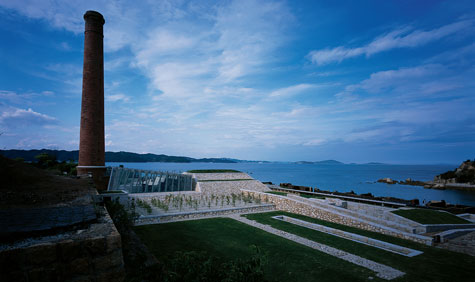
Japan is a curious blend of traditional buildings, futuristic cityscapes and not much in between. Propelled by a relentless drive for economic gain, the country has been quick to scrap and build without looking back.
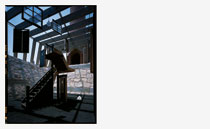
Click here to see more images from Inujima island
Having amassed a considerable fortune running correspondence education programs in Japan, Soichiro Fukutake has been bucking the destructive trend, first by backing the transformation of Naoshima into an art and architecture Mecca, and now by focusing similar attention on the neighbouring island of Inujima. The haunting beauty of the towering smokestacks and crumbling ruins of a copper refinery that once flourished there transfixed him immediately.
Rescuing the property from its fate as a medical waste dump, Fukutake purchased the factory grounds. His goal was a museum that would minimally impact on the natural environment. For the building he turned to the energy-conscious architect Hiroshi Sambuichi and for its permanent installation the conceptual artist Yukinori Yanagi. The result of that collaboration is the first phase of the Inujima Art Project aptly called Seirensho or ‘refinery.’
Handling the remains with the utmost care, the architect decided to build between the tallest of the six smokestacks and the fragmented brick wall infrastructure that fans out towards the sea. The antique smokestack became the conceptual heart of the T-shaped, partially buried building.
Despite its age, the tapered, brick structure was still intact enough to generate a natural ‘chimney effect,’ sucking in air through an opening at the bottom and spewing it out up top. By using the earth’s cooling power to chill air in one gallery and the sun to heat it in another, Sambuichi was able to modulate the indoor temperature naturally.
The smokestack’s distinct silhouette across the water is the first image visitors encounter. Once on land, an unmarked Cor-ten steel wall ushers them through a simple opening in the understated, exterior wall of granite. The foyer leads into the Earth Gallery, an 80m-long, steel-encased corridor embedded in the ground. The sole source of illumination is a single skylight and nine strategically placed mirrors.
Receive our daily digest of inspiration, escapism and design stories from around the world direct to your inbox.
By contrast, the vaulted Energy Hall is awash in soft, filtered light that originates in the sun-drenched Chimney Hall at the smokestack’s base. Because the old smokestack could potentially collapse, Sambuichi had to separate it from the museum’s habitable space. A semi-permeable buffer zone – a wall of operable windows in front and two small galleries in back – maintains a strong visual connection and controls airflow between the two halls.
Designed to harmonize with the earth’s natural cycles, Seirensho is just the beginning of what Fukutake has in store for Inujima; among other things, plans are afoot to restore and transform several of the island's old houses into art installations in collaboration with architect Kazuyo Sejima. But even as the scope of Fukutake’s interventions expands, the visionary art patron remains true to his basic mantra: ‘utilize existing elements and create elements that do not exist.’
-
 The most comprehensive showing of Nan Goldin’s photographs and films is intense and emotional
The most comprehensive showing of Nan Goldin’s photographs and films is intense and emotionalNan Goldin's moving-image work makes a heavy impact in ‘This Will Not End Well’ at Milan’s Pirelli HangarBicocca
-
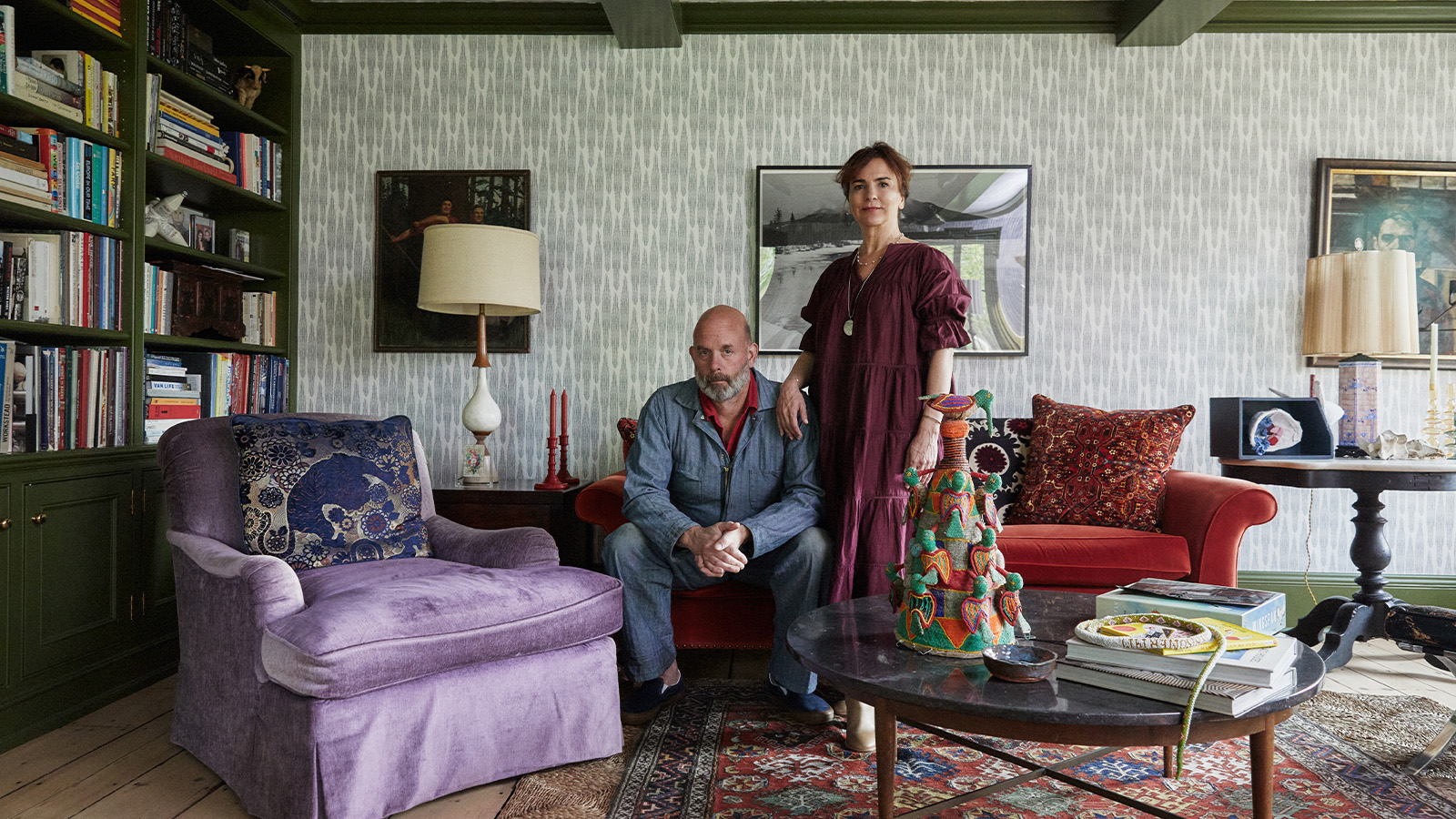 How We Host: Interior designer Heide Hendricks shows us how to throw the ultimate farmhouse fête
How We Host: Interior designer Heide Hendricks shows us how to throw the ultimate farmhouse fêteThe designer, one half of the American design firm Hendricks Churchill, delves into the art of entertaining – from pasta to playlists
-
 Arbour House is a north London home that lies low but punches high
Arbour House is a north London home that lies low but punches highArbour House by Andrei Saltykov is a low-lying Crouch End home with a striking roof structure that sets it apart
-
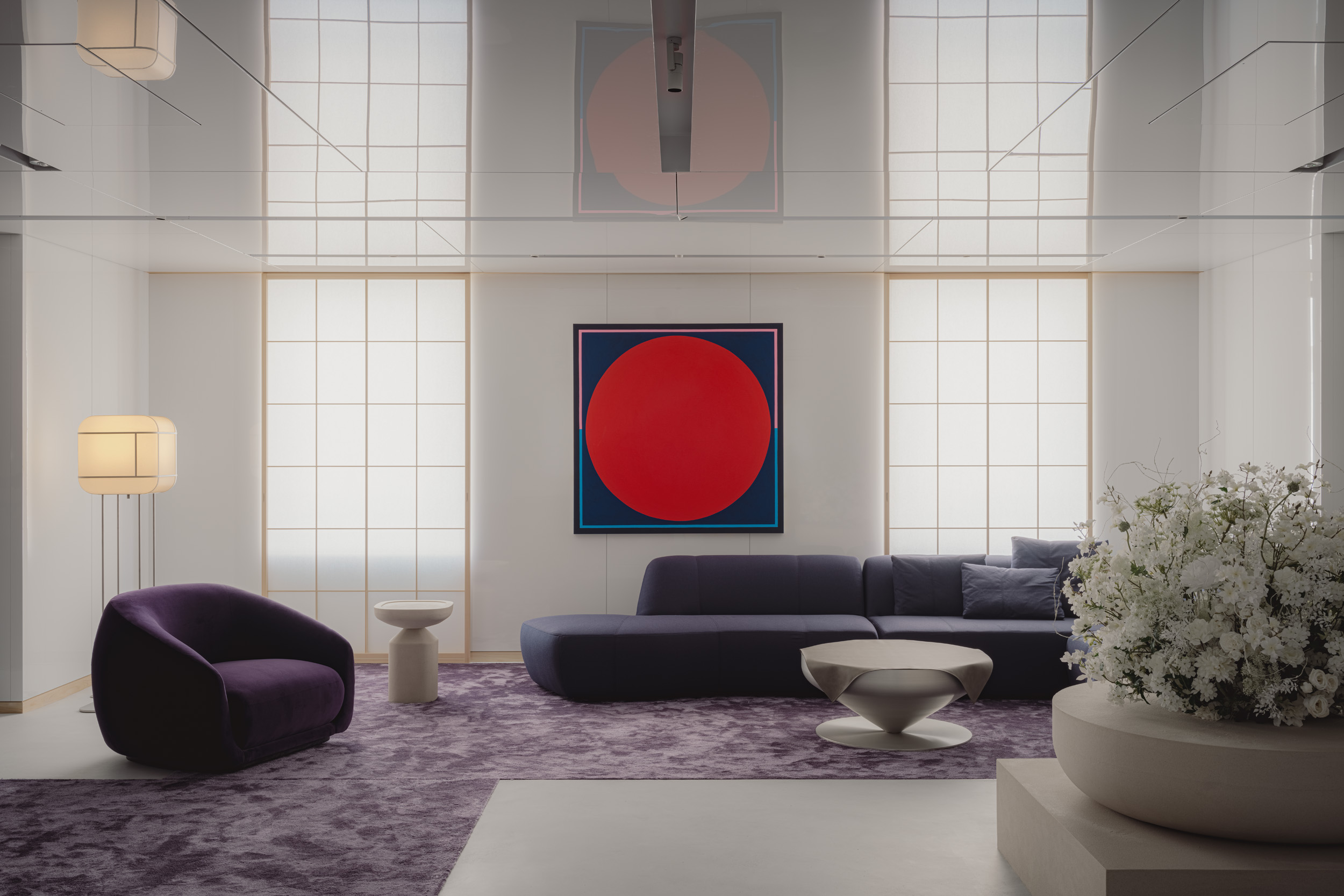 Matsuya Ginza lounge is a glossy haven at Tokyo’s century-old department store
Matsuya Ginza lounge is a glossy haven at Tokyo’s century-old department storeA new VIP lounge inside Tokyo’s Matsuya Ginza department store, designed by I-IN, balances modernity and elegance
-
 The Architecture Edit: Wallpaper’s houses of the month
The Architecture Edit: Wallpaper’s houses of the monthThis September, Wallpaper highlighted a striking mix of architecture – from iconic modernist homes newly up for sale to the dramatic transformation of a crumbling Scottish cottage. These are the projects that caught our eye
-
 Utopian, modular, futuristic: was Japanese Metabolism architecture's raddest movement?
Utopian, modular, futuristic: was Japanese Metabolism architecture's raddest movement?We take a deep dive into Japanese Metabolism, the pioneering and relatively short-lived 20th-century architecture movement with a worldwide impact; explore our ultimate guide
-
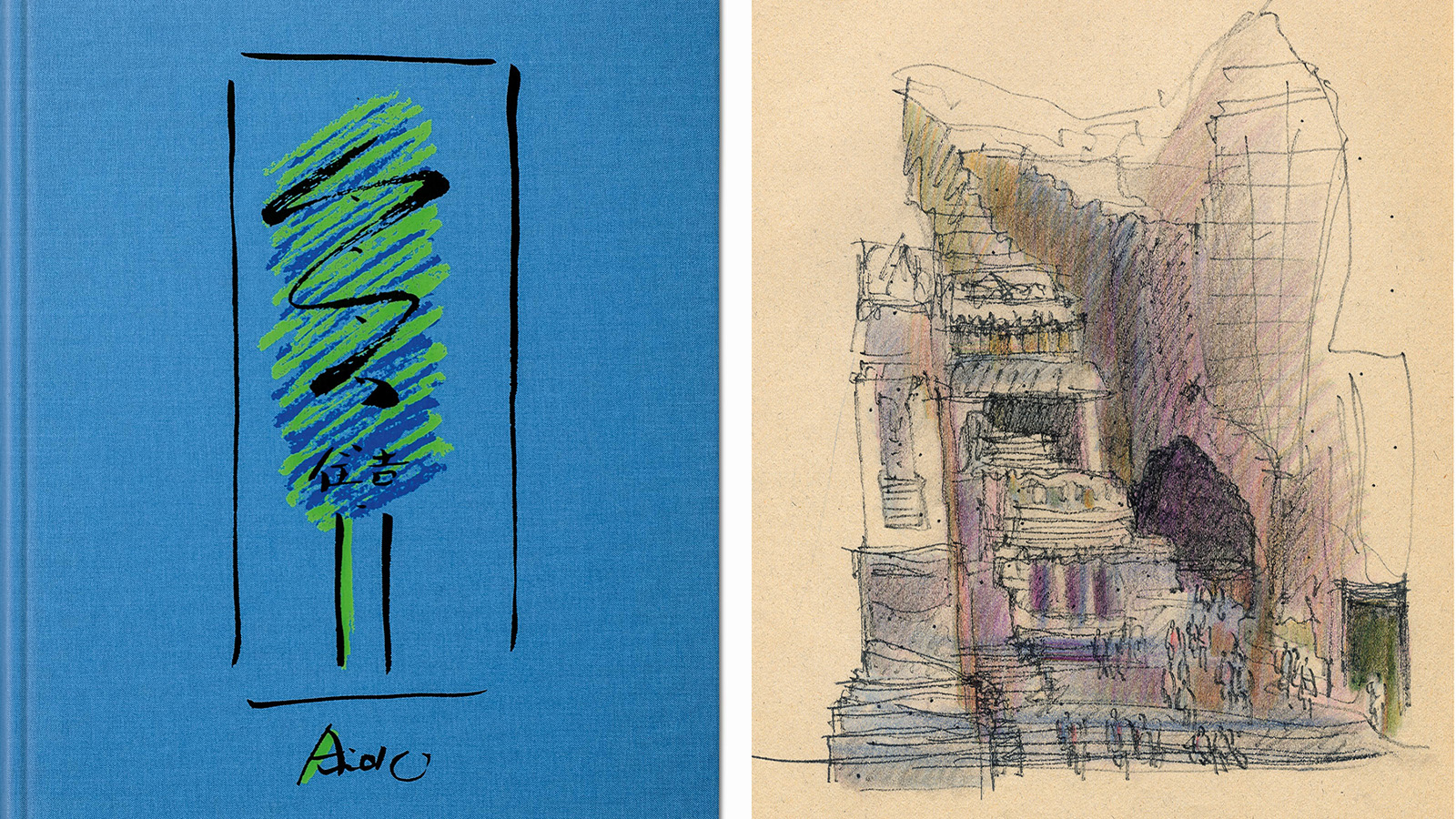 A new Tadao Ando monograph unveils the creative process guiding the architect's practice
A new Tadao Ando monograph unveils the creative process guiding the architect's practiceNew monograph ‘Tadao Ando. Sketches, Drawings, and Architecture’ by Taschen charts decades of creative work by the Japanese modernist master
-
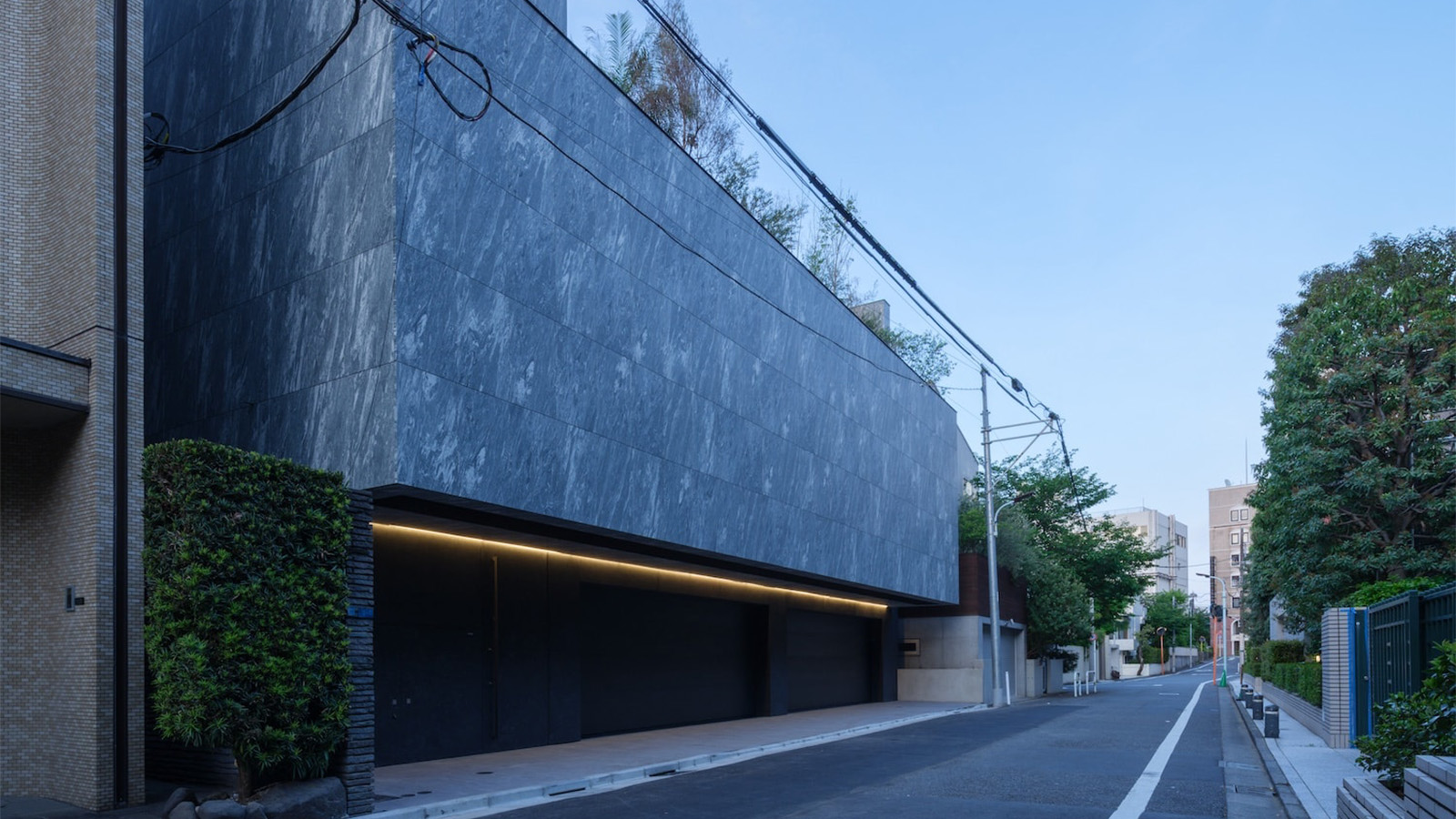 A Tokyo home’s mysterious, brutalist façade hides a secret urban retreat
A Tokyo home’s mysterious, brutalist façade hides a secret urban retreatDesigned by Apollo Architects, Tokyo home Stealth House evokes the feeling of a secluded resort, packaged up neatly into a private residence
-
 Landscape architect Taichi Saito: ‘I hope to create gentle landscapes that allow people’s hearts to feel at ease’
Landscape architect Taichi Saito: ‘I hope to create gentle landscapes that allow people’s hearts to feel at ease’We meet Taichi Saito and his 'gentle' landscapes, as the Japanese designer discusses his desire for a 'deep and meaningful' connection between humans and the natural world
-
 Campaigners propose reuse to save Kenzo Tange’s modernist ‘Ship Gymnasium’ in Japan
Campaigners propose reuse to save Kenzo Tange’s modernist ‘Ship Gymnasium’ in JapanThe Pritzker Prize-winning architect’s former Kagawa Prefectural Gymnasium is at risk of demolition; we caught up with the campaigners who hope to save it
-
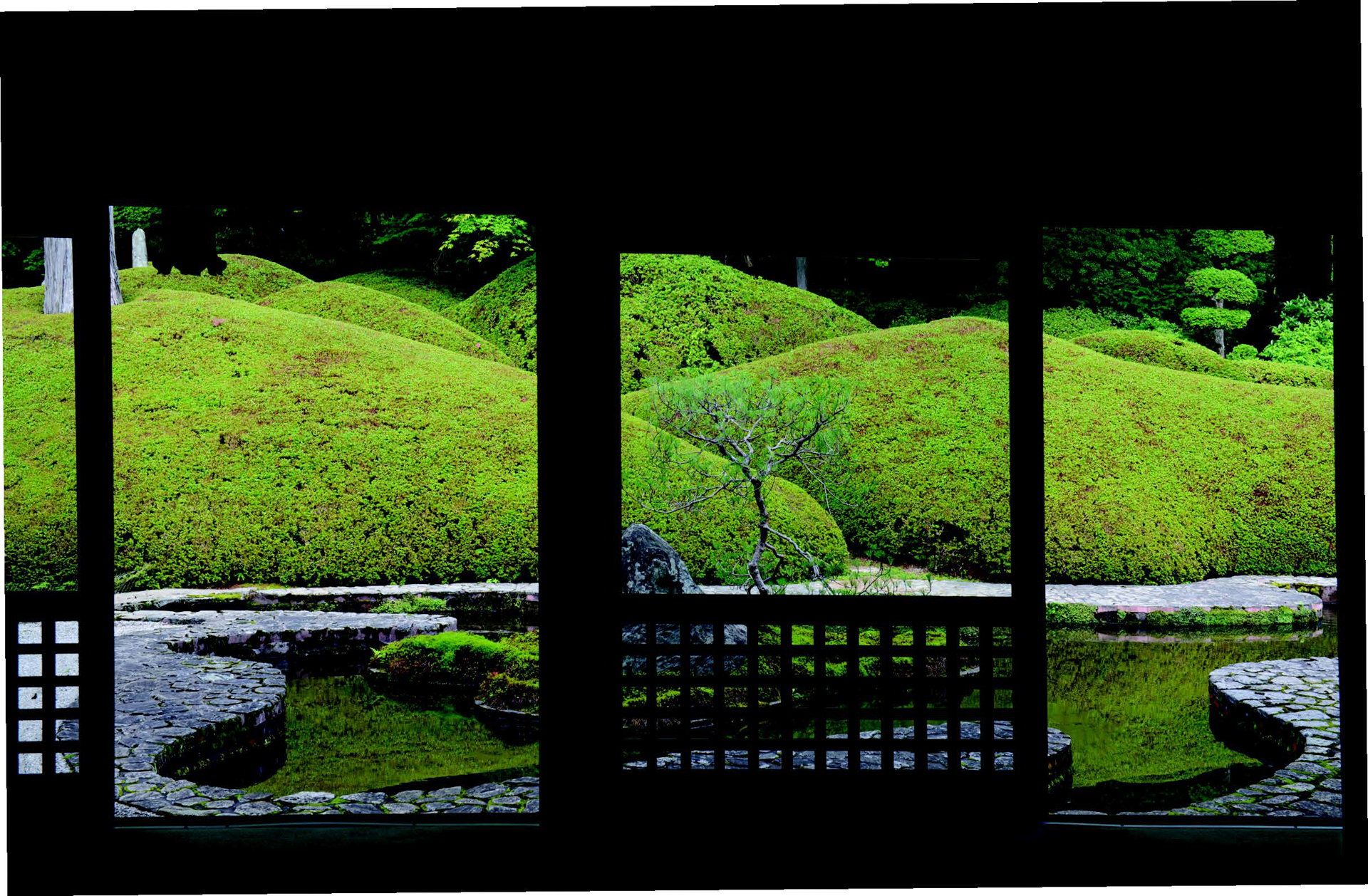 A new photo book explores the symbolic beauty of the Japanese garden
A new photo book explores the symbolic beauty of the Japanese garden‘Modern Japanese Gardens’ from Thames & Hudson traces the 20th-century evolution of these serene spaces, where every element has a purpose